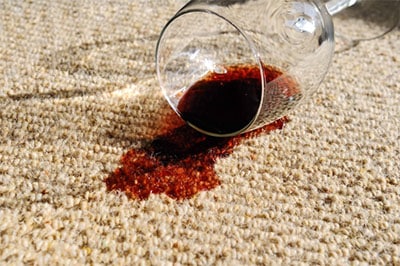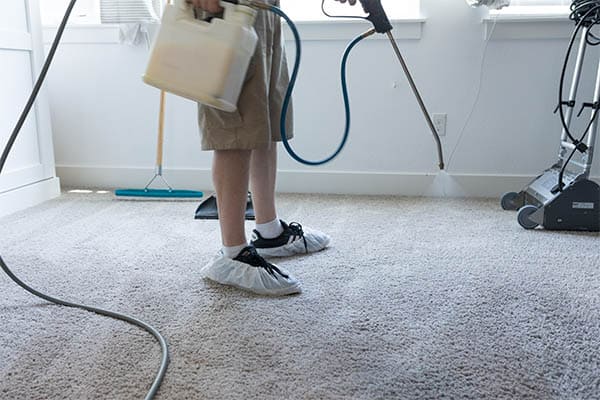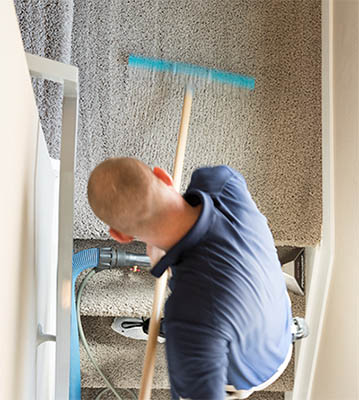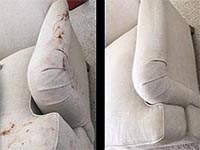How to Clean Microfiber Upholstery
How To Clean a Microfiber Couch
Safe and Effective Advice for Cleaning Microfiber Upholstery
Advantages of Microfiber Upholstery
Microfiber has become a popular material for many household furniture pieces. The advantages this synthetic fiber offers makes it a popular choice for covering furniture, especially in homes with kids and pets.
Durable and Stain Resistant
There are multiple benefits to choosing microfiber over other materials; it’s stain resistant, durable, and cost effective. But whether it’s leather or microfiber, every couch gets dirty from normal use and is occasionally stained from spills.
Knowing how to clean a microfiber sofa or other piece of furniture properly can keep your upholstery looking new for years. However, cleaning it the wrong way can create an unwanted crisis in your home. Here are some tips to keep you happy with a clean couch.
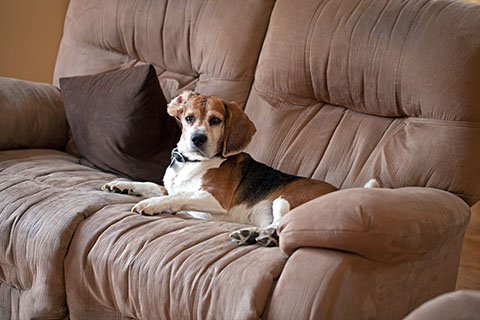
How to Clean Microfiber to Save Money
Some stains happen in the blink of an eye. Others happen slowly over time from everyday use. Invisible dirt and debris from our clothes, bodies, and pets can sink deep into the fabric if it is not frequently cleaned.
Microfiber usually cleans up very well. It also responds well to professional upholstery cleaning.
You don’t need an expensive microfiber cleaner for regular maintenance. Often using just a vacuum cleaner is a good starting point.
Vacuuming a Microfiber Couch
Use your vacuum cleaner’s upholstery attachment to remove allergens and pet hair. Vacuuming weekly can keep your couch looking new and save you from needing more frequent professional cleaning.
After vacuuming, you can fluff up the upholstery with a sponge’s rough side.
Weekly vacuuming is important, and it is especially effective when coupled with deep cleanings. The big question is, how often should this be done? This depends on how much your sofa is used, the presence of pets and/or kids, and your sensitivity to allergens.
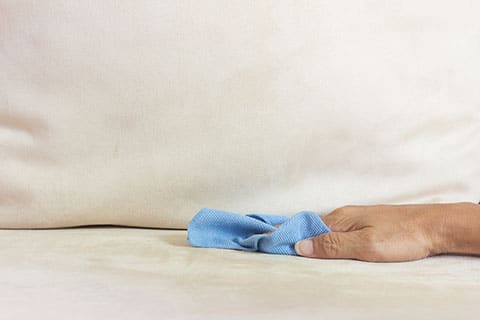
Cleaning a Microfiber Couch by the Codes
Read the tag
Do not go out and purchase an expensive, or even a bargain-priced, microfiber cleaner and start scrubbing your couch. You should start by reading the manufacturer’s fiber care tag. Here you can learn how to clean microfiber furniture safely and optimally.
Understanding Upholstery Cleaning Codes
The tag on your upholstery has a code system that needs to be carefully followed. The codes are W, S, S-W, and X. Here’s what they mean:
- W = water-based cleaning solutions. Use distilled water to prevent damage from minerals found in tap water.
- S = solvents containing no water. Use a mild, water-free dry-cleaning solvent. Be careful when using these and make sure you have adequate ventilation.
- S-W = solvents without water or water-based solutions. Both options can be used, but do not use tap water.
- X = no cleaning agent. Only vacuum.
How to Clean Microfiber Stains
The big day arrives! Your heart is racing. You’re ready to tackle cleaning your microfiber couch. Maybe it was a spilled cup of coffee. Or maybe you’re like most people and didn’t vacuum your couch weekly and deep clean seasonally.
Couch maintenance and prevention is easy to neglect, whether you’re distracted by your car, your kids, or even updates to your iPhone. But have no fear. You can rescue your microfiber sofa faster than an update to your iPhone. Here are the steps:
- STEP 1. Vacuum your couch.
- STEP 2. Read the manufacturer’s tag. DON’T SKIP THIS. DO THIS FIRST.
- STEP 3. Gather your supplies. If you skipped step 2, you wouldn’t know what these are. This could include light-colored cloths and sponges, brushes, spray bottles, distilled water, mild dish-washing detergent(clear), bucket or bowl, solvent-based dry-cleaning solution, rubbing alcohol.
- STEP 4. Test the cleaning solution. Spray a small amount in an inconspicuous area to make sure you are using the proper cleaning product.
- STEP 5.
- For W or S-W tags: Mix the detergent and distilled water in a bowl or bucket to create soap suds. Apply the soap suds with a brush evenly to the area you are cleaning and scrub. Rinse and dry the brush frequently. Wipe the area with a damp white microfiber cloth. After air-drying, fluff the clean area with a brush or rough side of a sponge.
- For S tags: Place a solvent, such as rubbing alcohol, in a spray bottle. Spray and clean with a sponge or soft-bristled brush. Allow the upholstery to dry, and then vacuum or brush to fluff the fibers.
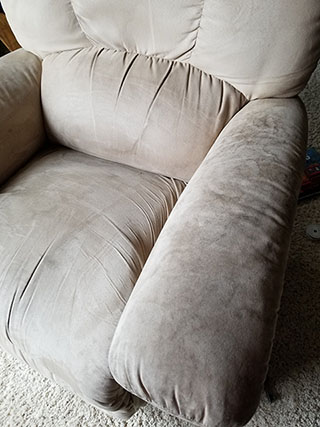
When Cleaning a Microfiber Couch Fails
If you are nervous about tackling microfiber couch stains on your own, or if you attempted to do the cleaning, and it just didn’t bring satisfactory results, don’t panic.
Professional upholstery cleaning has saved many couches from the dumpster.
Before you give up on your couch, or if you’re struggling to get the results you want, we’d be happy to help you if you’re in the Greater Denver Area.
Or Call: 1-720-233-0761

